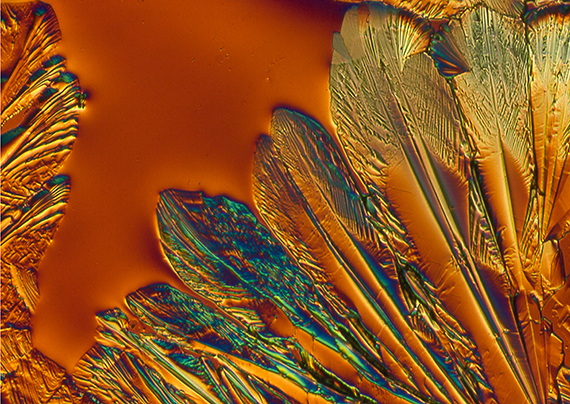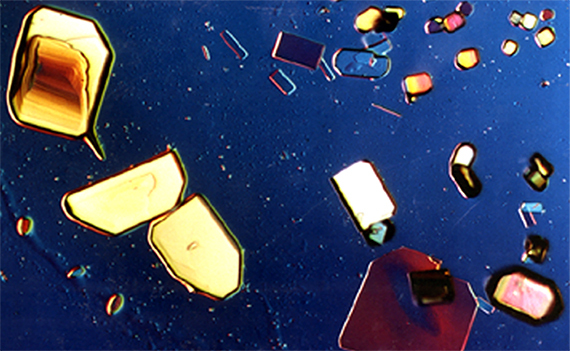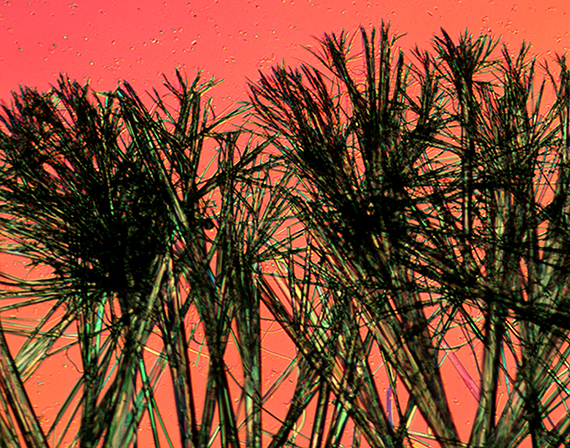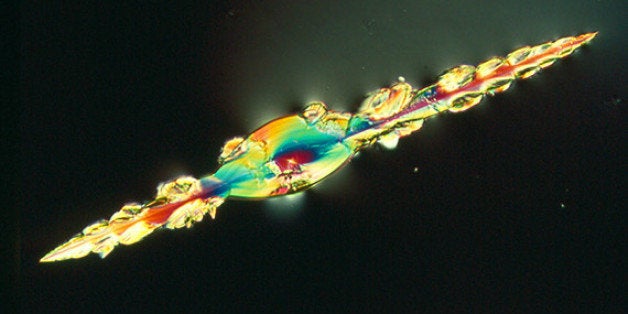
Do you like wine yet are intimidated by all the wine geek speak to talk about it?
After decades of enjoying, learning about, and photographing wine, I still lack the words of the wine aficionados. A few weeks ago, there was a tasting with a friend who described the wine as tasting red. I agreed. Why not let your imagination loose to help you get inside wine and let go of worrying about how to talk about it? Have fun with it. After all where do all those weird words come from if not from someone's very vivid imagination?
Once upon a time I was a medical scientist who researched leukemia cells with the microscope to develop ways to improve diagnosis and follow treatment. Yet seeing a surprisingly beautiful exhibit of chemicals of the brain photographed through a microscope, I soon began photographing whatever I could get my hands on such as flowers, herbs, vitamins, minerals, and hormones. I first shared this microscopic photography in slideshows for children with cancer - to show them the beautiful stuff of life that was part of them.

VITAMIN B12
Wine entered the picture unexpectedly when I was invited to apply to be artist-in-residence for a large Napa Valley winery. For my interview I photographed my first wine; the winemaker told me that the photo looked like his wine tasted. 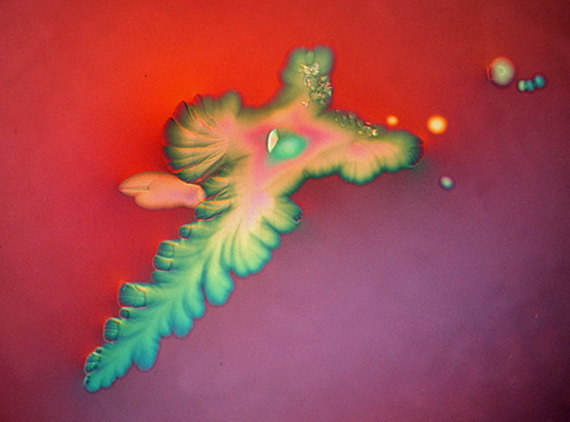 WINE A
WINE A
He saw the picture as expressing his taste experience of the wine. That was all I needed to launch myself into the unlikely avocation of capturing the inner wine.
Are these photographs of wine merely abstract beauty or can they tell us more? I sometimes calling the images wine Rorschach - what do you see in a photomicrograph of wine? How does the picture speak to you?
I invite you take a few minutes to have a little fun and explore some inner beauty of wine to imagine what these wines would taste like. I'll provide you with a little visual vocabulary. Consider the words often used when we taste or sip wine - sweet, soft, sharp, harsh, flat. Here are photographs of sweet table sugar, sour malic acid of unripe fruit and bitter caffeine.
What do you think a wine that expressed one of these images would taste like? Please feel free to comment below. 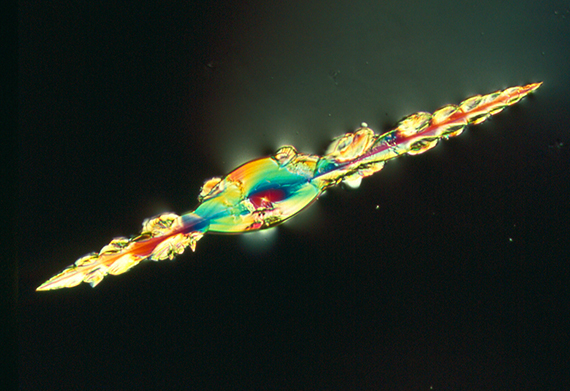 WINE B
WINE B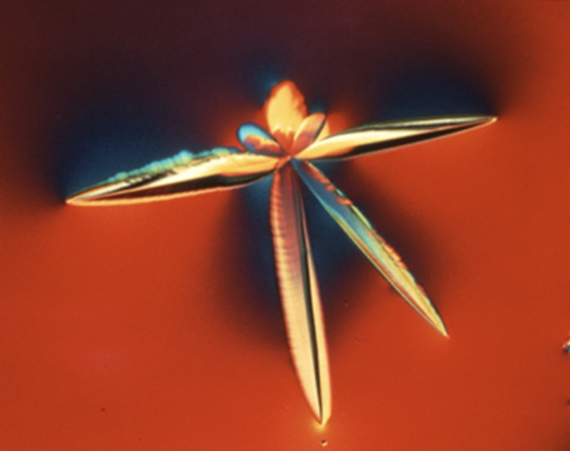 WINE C
WINE C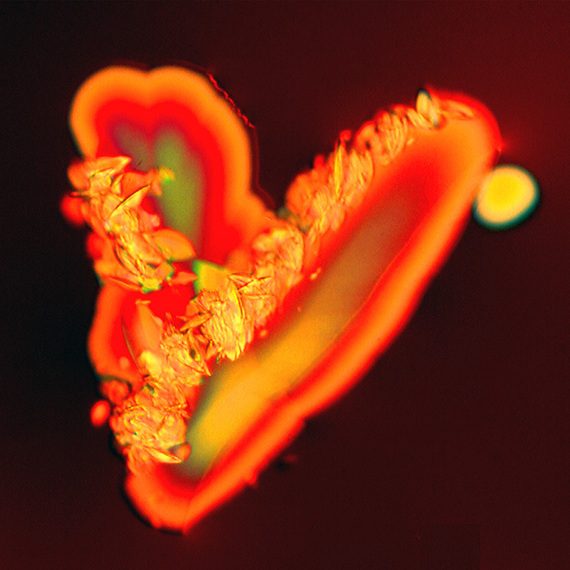 WINE D
WINE D
Would you expect A to be soft or sharp, what about B? Which of these ABCD would be the simplest, the most complex? Which do you think you would like the best just by its picture - is it worth a thousand words?
What I discovered for myself and my wine preferences: I rarely like sauvignon blanc and the fairly consistent inside pattern of many sauvignon blancs - they are very angular, sharp and lean. So I don't like pointy wines. In some ways you can consider that your intuition and imagination are confirmed by the inner expressions of a wine. At least that's one idea.
Tasting tips
1. When you swirl the wine in your glass, take a few moments to smell it - do any pictures come to mind before you even taste?
2. Sip a little, now what do you see or sense?
3. Don't like it? Try eating a bit of cheese. Your experience of wine always changes with food.
4. Still don't like it? Try putting a little salt or a squeeze of lemon on the food, then taste again.
5. Love it? To help you remember what you like, photograph the label and take a few inner moments to reflect on what about this wine makes you like it.
Cheers!
Breaking the visual wine tasting code.
One of the wines is a soft merlot, another is a very young and a bit harsh cabernet sauvignon, another is an older complex rich cabernet sauvignon blend of Bordeaux grapes (cabernet sauvignon, merlot, petite verdot), biodynamically grown, and there is one white wine in this group -- a simple crisp sauvignon blanc.
You can explore more wine beauty in my book Wine's Hidden Beauty and on my website.
In a future post I'll talk a little about where our words come from, more food for thought. Read Carol Yoon's book Naming Nature to learn more.
